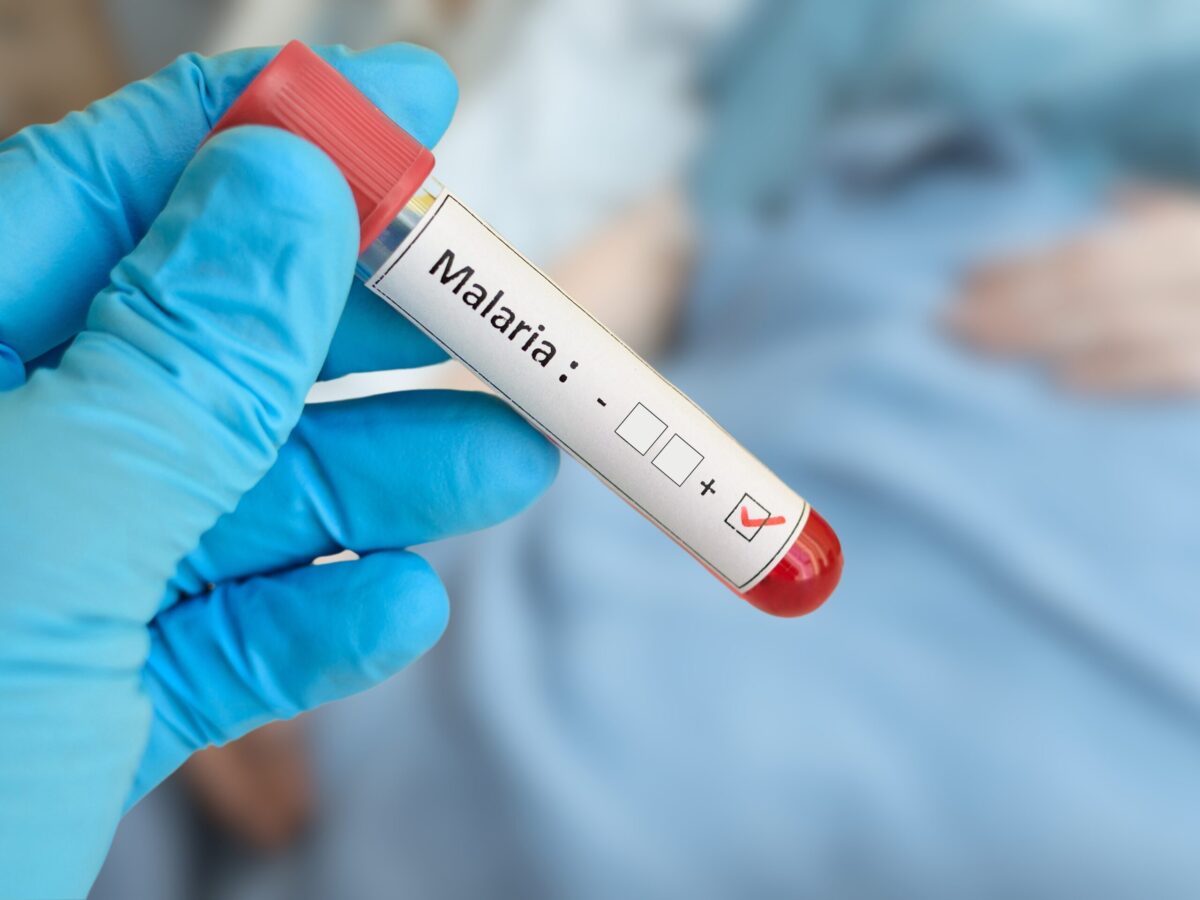For the first time, the US Food and Drug Administration (FDA) has approved a drugmaker’s decision to switch from traditional batch manufacturing to a continuous manufacturing process. The FDA is now endorsing the process and encouraging other pharmaceutical manufacturers to make the switch.
The upgrade in manufacturing processes is being applied to Janssen’s HIV-1 drug, Prezista (darunavir). While Janssen is the first to get the FDA’s approval to switch from batch to continuous manufacturing, it isn’t the first drug manufacturer to use the technique; in July 2015, Vertex’s cystic fibrosis drug Orkambi (lumacaftor/ivacaftor) was approved by the regulatory agency, and has been manufactured in a continuous process ever since.
According to an article released by the FDA, the agency acknowledges the challenges associated with implementing a new manufacturing method, but believes the rewards of such a switch are substantial. Janssen’s upgrade to continuous manufacturing was reportedly facilitated by the FDA’s draft guidance on the modernization of pharmaceutical manufacturing, released in December of 2015.
“Although it is not easy for drug manufacturers to transition from batch to continuous manufacturing, there are significant rewards,” said Dr. Lawrence Yu, FDA’s deputy director of the Office of Pharmaceutical Quality in the Center for Drug Evaluation and Research (CDER). “FDA encourages others in the pharmaceutical industry to consider similar efforts.
Other FDA officials – including Janet Woodcock, director of CDER – are also in favour of continuous manufacturing. Woodcock has been advocating for the process since at least 2013, and she made a statement to senators as recently as January expressing her support for the method.
Not everyone in the industry is optimistic that that pharmaceutical manufacturers will be able to make a quick switch to continuous manufacturing. According to Girish Malhotra, president of the pharma manufacturing consulting company Epcot International, the technology has been around for decades but the industry has been slow to make the switch – particularly while their drugs are still under patent.
“Under the current business model, it’s not feasible for brand drugs under patent unless you have a huge volume,” said Malhotra. “It doesn’t make any sense.”
Malhotra does admit that generic drugmakers would benefit more from continuous manufacturing practices, especially if the drugs they manufacture are in high demand. The process could lower costs, improve yields and increase the capacity to produce larger volumes of product.












Join or login to leave a comment
JOIN LOGIN